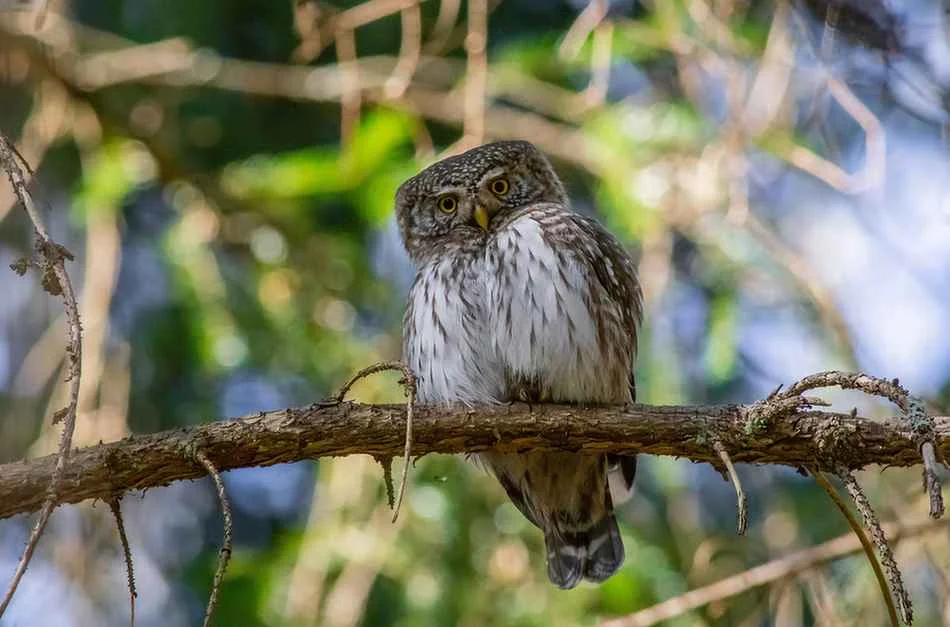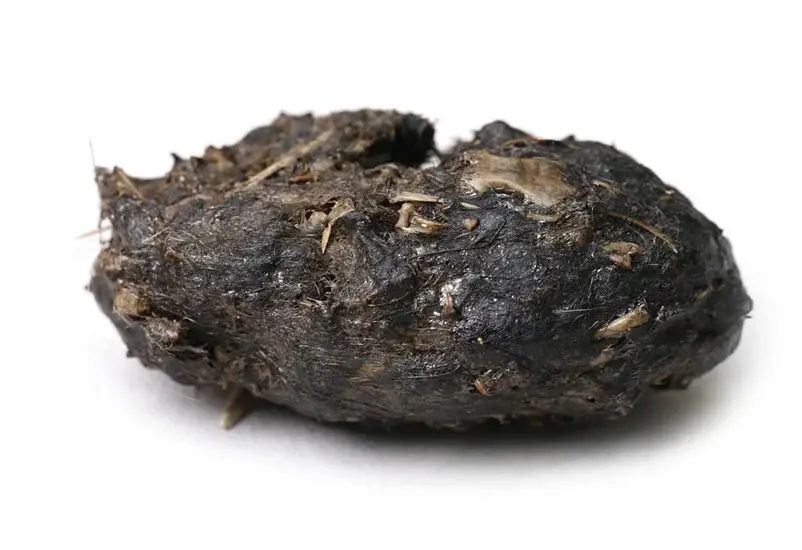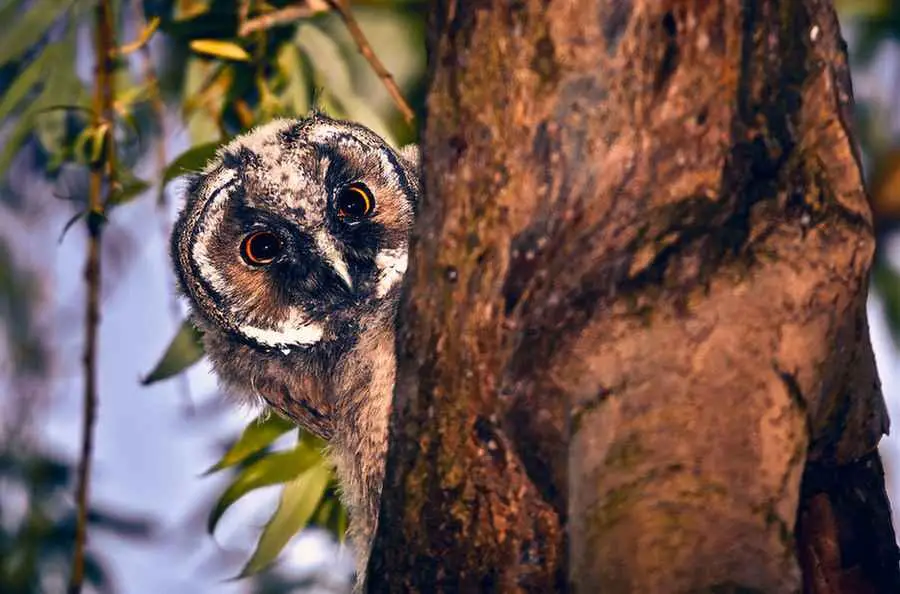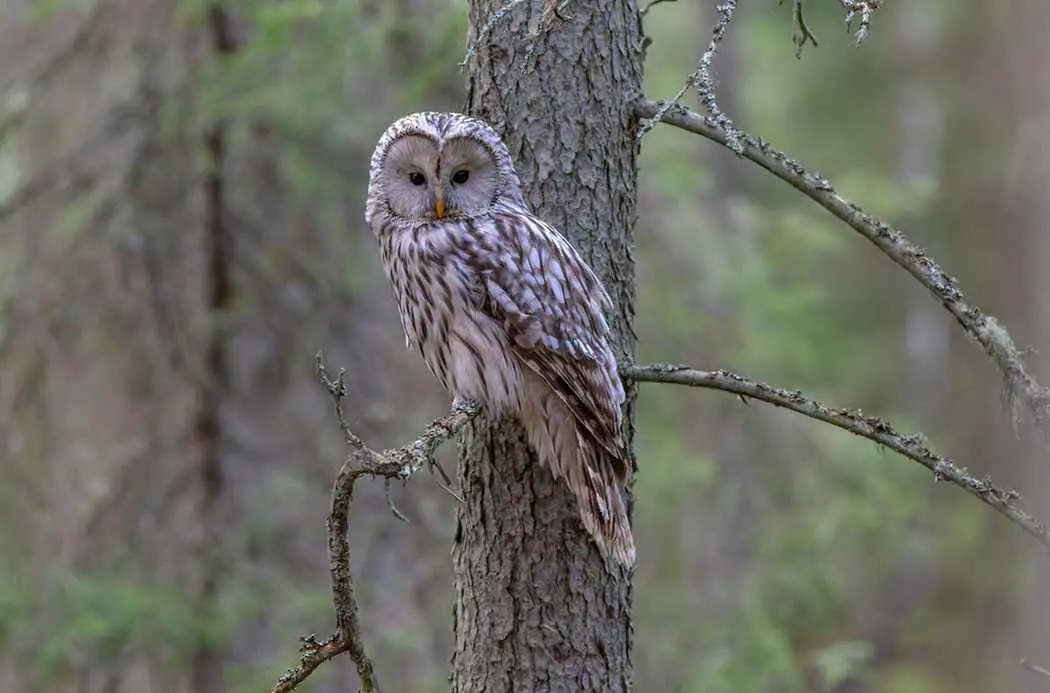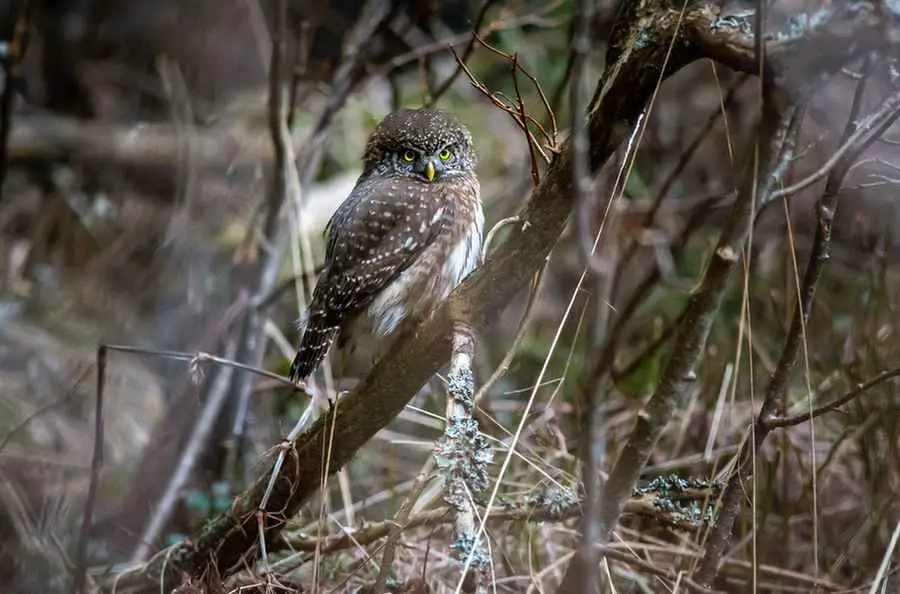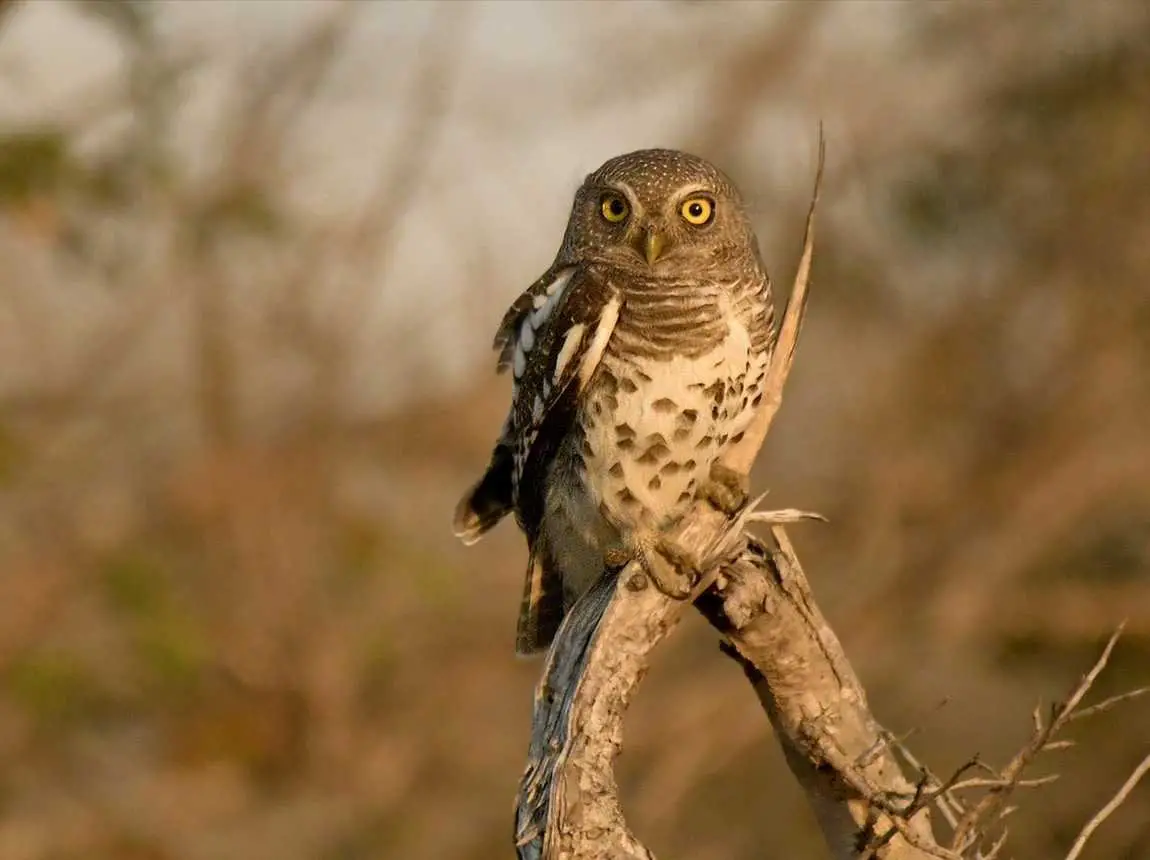What Is An Owl Pellet?
Pellets are something that many birds of prey, sometimes known as raptors, make. The production of pellets is most commonly associated with owls; however, hawks, eagles, gulls, and other species of birds also engage in this behaviour.
The majority of the time, owls will consume their prey either completely or in huge chunks. This is because owls do not have a crop, which is a storage pouch located in the oesophagus and is something that many birds, including the majority of diurnal raptors, have. As a result, the food goes straight into the digestive tract when it is consumed by an owl.
The digestible parts of the prey are broken down and processed in the proventriculus. These parts are then transported to the gizzard, and ultimately into the owl’s intestines.
If the hard to digest parts of the food, which consist of teeth in addition to sharp-edged bones, were permitted to pass through as owl scat, they possibly will injure the lower digestive system of the bird.
In its place, the gizzard’s grinding motion and churning acids shape the food into a loaded mass known as owl’s pellet.
The formation of pellets normally takes place a few hours after an owl has finished eating. A single composite pellet is often produced from the digestion of a number of different prey items within a short period of time.
From the time it is formed in the gizzard, an owl pellet spends the next ten to twenty hours in the proventriculus. As a result of its presence, the owl is unable to successfully swallow freshly caught prey, and as a result, the bird will frequently regurgitate or cast the pellet just before beginning its next round of hunting.
The pellet is typically discarded by the owl from its preferred roost or, depending on the time of year, its nest.
The digestive mucus on the pellet helps it slide more easily through the owl’s digestive system. Chopping it up can take anywhere from a couple of minutes to a couple of minutes and a half. One or two pellets are the daily average for an owl.
Because owls generally utilize the very same places for day resting and since they frequently drop pellets from these roosts, you can normally detect several of them in a general place. During the day, owls tend to roost in the same location.
The act of regurgitating pellets, which, on their way back up, travel through the gullet of the bird, scour and clean the digestive tract, so eradicating germs and ensuring the bird’s continued good health.
In point of fact, folks who raise birds of prey such as owls and falcons can utilise the condition of the pellets to determine how well their birds are doing.
Prey species such as field mice have really acquired the knowledge to avoid the pellets because they are known to be sources of infection. On the other hand, some of the pathogens in owl pellets, such as Salmonella, are capable of infecting humans as well.
Owl pellets typically have bones in them and have rounded ends on both ends of the pellet. Keep an eye out for “whitewash” (poop) and pellets under trees, especially evergreen trees. Owls are creatures of habit, so if you locate one in a given place, there’s a good chance there are more of them around.
The Dimensions, Shape, and Texture of Owl Pellets
In general, and this should not come as a surprise, smaller owls have a tendency to create smaller pellets, whereas larger owls have a tendency to generate pellets which are bigger in size.
This is because the northern saw-whet owl primarily consumes insects. In contrast, larger species of owls are capable of producing pellets that are lengths measuring many inches in total.
The proportions of owl pellets in size, on the other hand, can change depending on the species of prey that the pellets were formed from. The same can be said about the shape, despite the fact that pellets are typically fairly cylindrical in shape.
Pellets that have just been produced by an owl are wet, but they dry out very rapidly and often have very little, if any, odour.
Hints on What’s on the Plate of an Owl
The dissection of owl pellets, which should only be done using pellets that have been sterilised because there is a possibility of contracting viruses or bacteria, exposes the food that a particular owl has been gorging on.
Exoskeleton pieces are likely to be present in the pellet of elf owl because of the loosely compacted nature of the pellet. Barn owls are predominantly rodent hunters, hence it’s possible to find whole mouse or vole heads in the casting of one of these birds. Barn owls are often nocturnal hunters.
You may also like to read What Eats Owls?
The Great horned owls, which have diversified diet, might ingest anything like beaks as well as talons of other birds, insect wings in addition to rodent teeth, all of which may end up in the owl’s pellet.
This is because great horned owls eat a wide variety of food. Bird and rabbit heads that have been severed from their bodies, as well as bird wings that have been ripped off, are some of the other indications of predation left behind by this powerful raptor that may be seen strewn close to pellet deposits.
It is important to keep in mind that various kinds of owls consume a variety of foods. Due to the fact that Great Horned Owls and Eastern Screech-Owls consume virtually anything that moves, the pellets that they produce can contain a diverse collection of animal species.
Voles make up the majority of the food that may be found in the pellets of Great Gray Owls because this is their primary prey item. The Barn Owl like to eat rodents such as rats, voles, and mice.
Digging through owl pellets has led researchers to discover species they were unaware existed in a certain region on occasion; therefore, you never know what you might find when doing so.
